How does the reverse osmosis water filter work?
Reverse osmosis water filter is an efficient water treatment technology widely used in the field of water treatment. It adopts the principles of physical filtration and semi permeable membrane separation, which can effectively remove impurities such as small particles, dissolved substances, and bacteria in water, thereby obtaining high-purity water. Below is a detailed introduction to the working principle of reverse osmosis water filters and their applications in water treatment.
1. Basic principles of reverse osmosis
Reverse osmosis (RO) is a physical filtration process based on a semi permeable membrane, which utilizes the selective permeability of the membrane to separate water molecules from the solution while blocking solutes in the solution. The reverse osmosis process is mainly affected by two forces: osmotic pressure and pressure.
Osmotic pressure: The solute in the solution creates resistance for water molecules to pass through a semi permeable membrane, resulting in osmotic pressure. The side with high osmotic pressure is the solution side, and the side with low osmotic pressure is the pure water side.
Pressure: The reverse osmosis process requires external pressure to overcome osmotic pressure and promote water molecules to pass through a semi permeable membrane, leaving behind solutes.
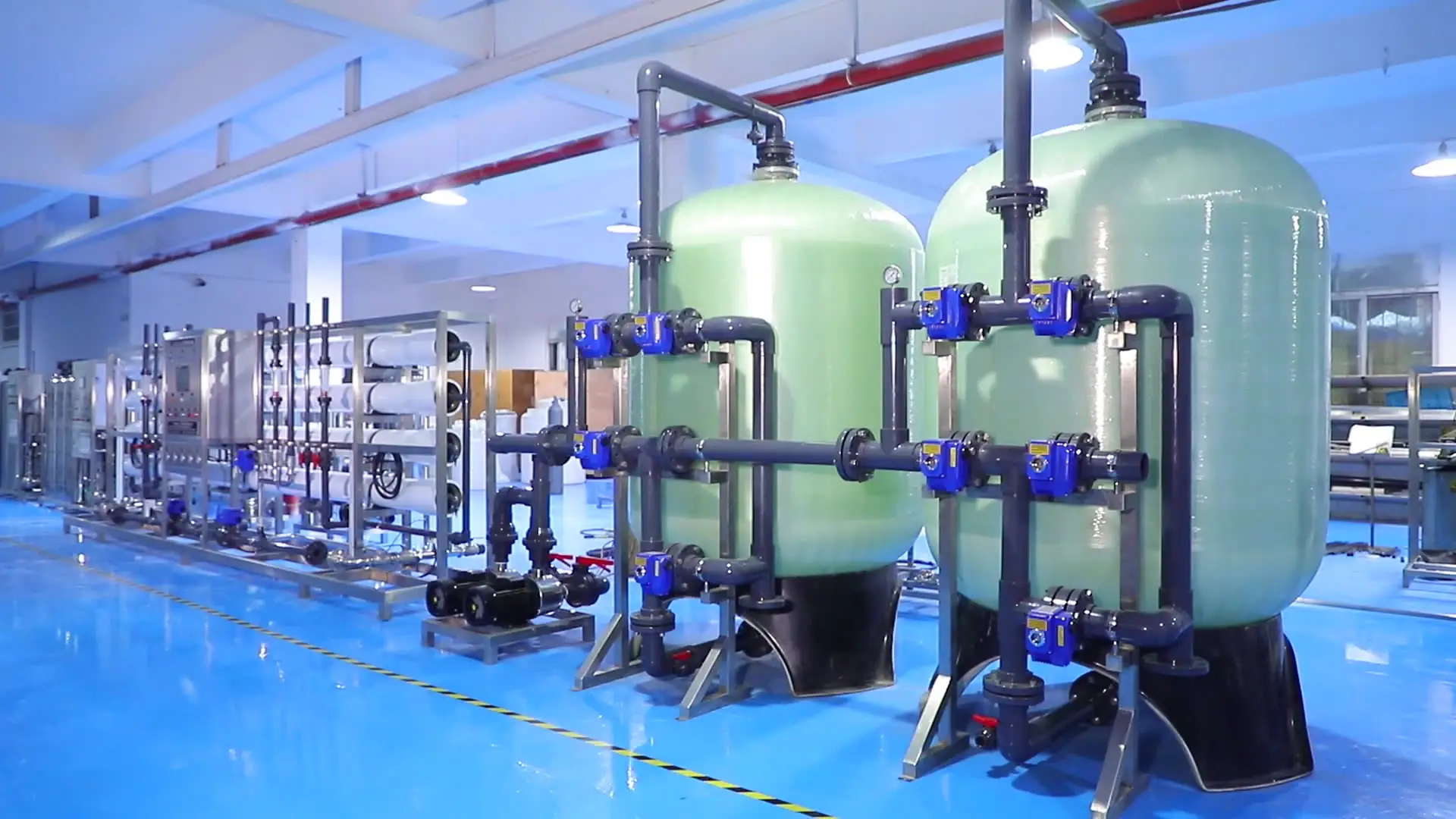
2. Composition of reverse osmosis water purification system
Reverse osmosis water purification systems typically include the following components:
Pre treatment system: including coarse filter and activated carbon filter, used to remove large particle suspended solids and organic matter, etc., to reduce the burden on the reverse osmosis membrane.
High pressure pump: Provides sufficient water pressure to overcome osmotic pressure and push water molecules through the reverse osmosis membrane.
Reverse osmosis membrane: It is the core part of the entire system, a semi permeable membrane that can selectively allow water molecules to pass through and intercept most solutes and particles.
Membrane shell: used to fix and protect the reverse osmosis membrane.
Concentrated water channel and dilute water channel: used to collect separated solutes and water, respectively referred to as concentrated water and dilute water.
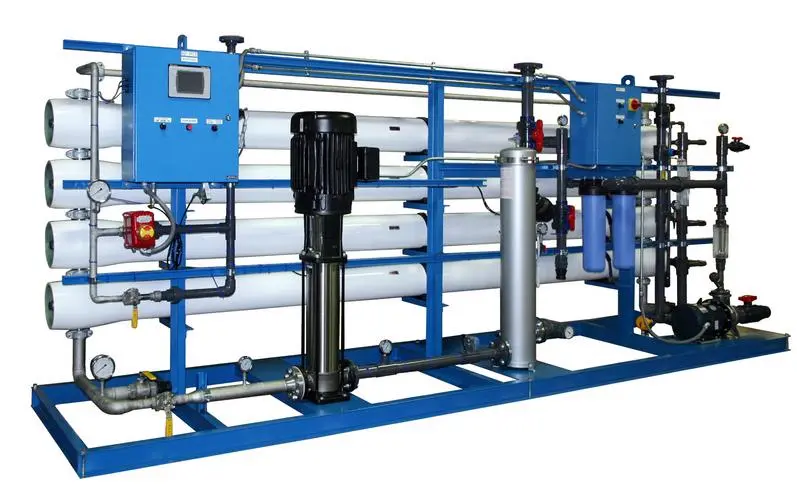
3. Working process of reverse osmosis water purification system
Phase 1: Preprocessing
The work of the reverse osmosis water purification system begins in the pre-treatment stage. Water first passes through a coarse filter to remove larger suspended solids and particles. Then, the water passes through an activated carbon filter to remove organic matter, odors, and residual chlorine. The purpose of this stage is to protect the reverse osmosis membrane from being blocked by particles and pollutants.
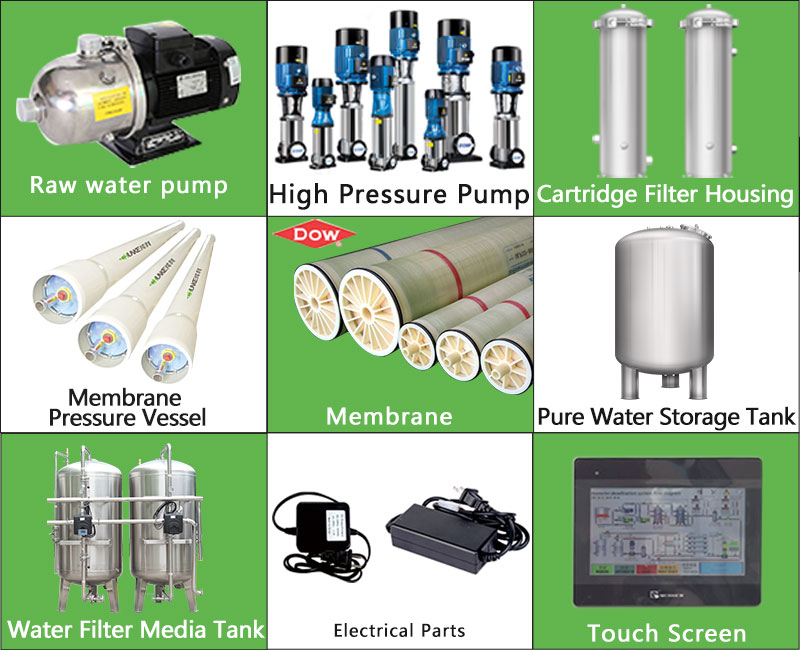
Phase 2: Reverse osmosis
High pressure pump provides pressure: Before the pre treated water is sent to the reverse osmosis membrane, the high pressure pump will provide sufficient pressure to allow water molecules to overcome osmotic pressure and penetrate the reverse osmosis membrane.
The function of a semi permeable membrane: There are tiny pores on the reverse osmosis membrane that only allow water molecules to pass through, while blocking most ions, solutes, and particles.
Separation of concentrated and dilute water: During the process of passing through the reverse osmosis membrane, water molecules are pushed towards the dilute water side, while most impurities remain on the concentrated water side.
Collection and discharge: Concentrated water and dilute water are collected separately, and the concentrated solutes in concentrated water are usually discharged or recycled, while dilute water is provided as clean drinking water or industrial water.
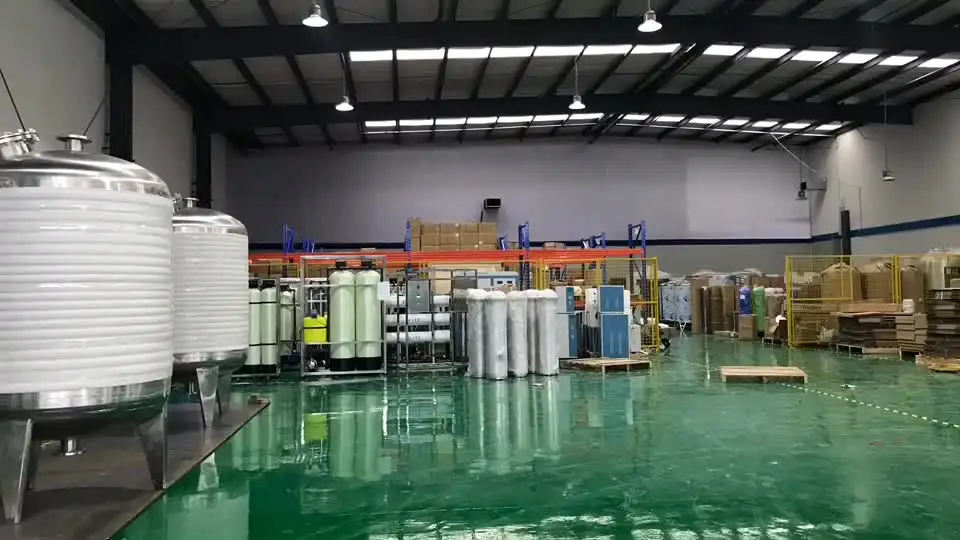
4. Application of reverse osmosis water purification system
Reverse osmosis water purification systems are widely used in various fields, including but not limited to:
Drinking water treatment: used to produce pure, impurity free drinking water that meets drinking water quality standards.
Industrial production: used to produce pure water, especially in industries such as electronics, pharmaceuticals, and chemicals that require high-purity water.
Seawater desalination: used to remove salt from seawater, produce fresh water, and solve the problem of freshwater resource shortage.
Wastewater treatment: used to treat industrial wastewater, remove harmful substances, and ensure that the wastewater meets discharge standards.
Laboratory and medical water: Provide purified water for laboratory research and medical equipment.
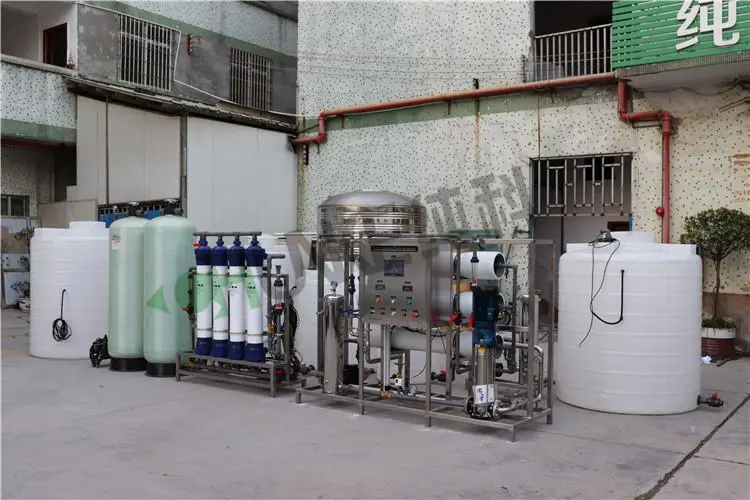
conclusion
The reverse osmosis water filter can efficiently remove various impurities in water through the principles of physical filtration and semi permeable membrane separation, thereby obtaining high-purity water. Its application in drinking water treatment, industrial production, seawater desalination, wastewater treatment and other fields provides a reliable water treatment technology for humanity, playing an important role in solving water resource and environmental problems.




